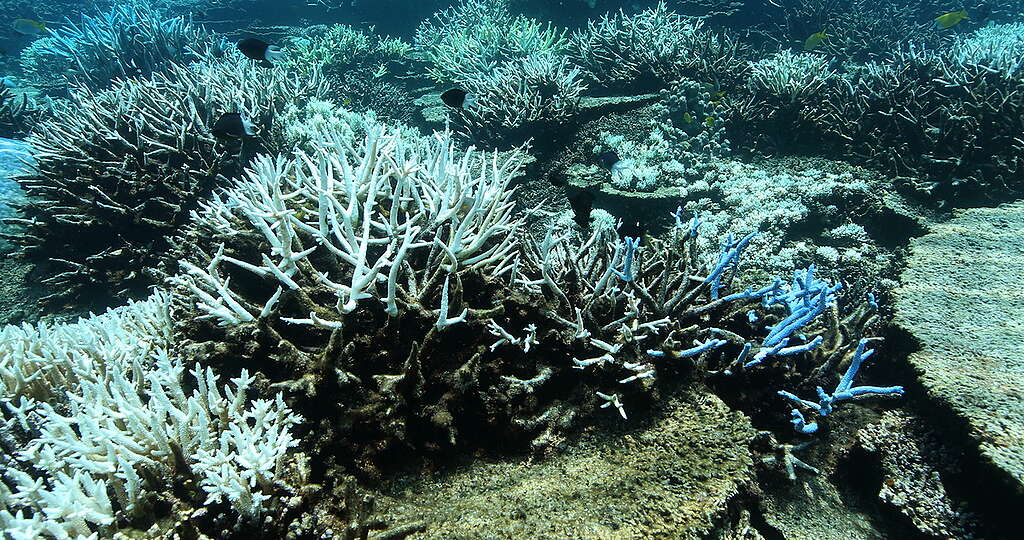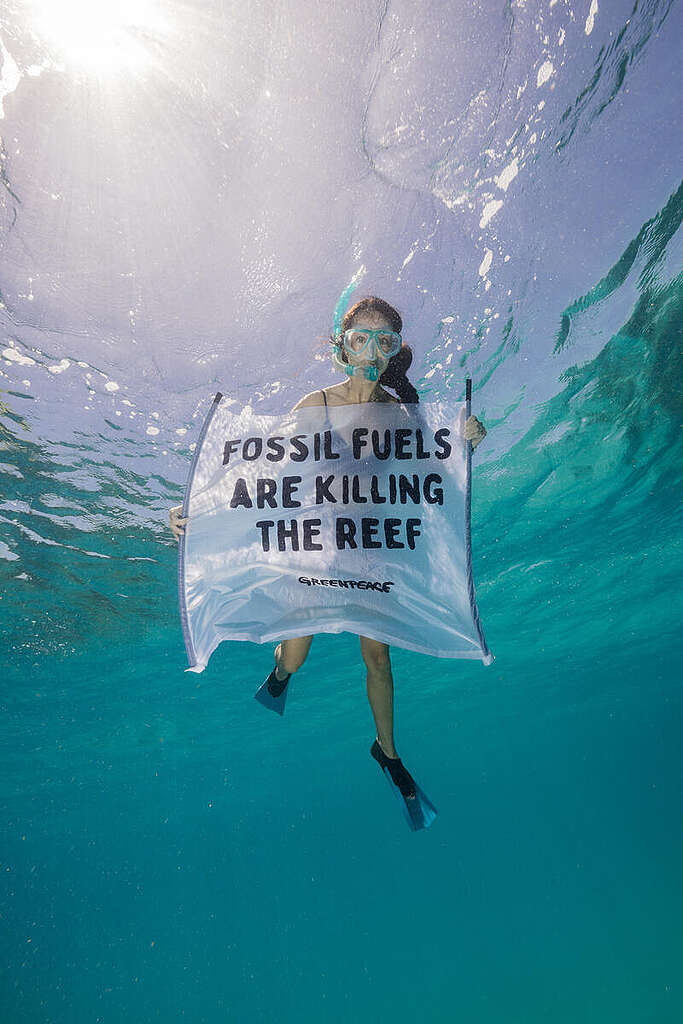
Australia’s Great Barrier Reef is once again in the spotlight, but this time it’s for all the wrong reasons. In March 2024, devastating news shook the environmental community as aerial surveys confirmed the onset of yet another mass coral bleaching event — the seventh since 1998. This alarming revelation demands immediate attention and action to safeguard this natural wonder from the effects of climate change.
Stretching over 2,300km and comprising approximately 3,000 individual reefs, the Great Barrier Reef stands as the largest coral system on our planet. Yet, despite its grandeur, it has relentlessly battled bleaching events in 1998, 2002, 2016, 2017, 2020, 2022 and now in 2024.
The severity of this crisis is underscored by warnings from the US National Oceanic Atmospheric Administration (NOAA), signaling the imminent threat of a fourth mass coral bleaching event worldwide. If left unchecked, we stand to lose irreplaceable treasures like the Great Barrier Reef forever.
What is coral bleaching?
Coral bleaching occurs when corals, under stress from factors like temperature and light, expel microscopic algae called zooxanthellae from their tissues. This loss of algae results in corals losing their vibrant colours and appearing white, revealing their underlying skeletons. A severe coral bleaching event is like an underwater bushfire, devastating marine ecosystems and permanently altering their delicate balance — and just like a bushfire, what grows back is forever changed.
What causes coral bleaching?
Coral bleaching is primarily caused by environmental stressors such as temperature fluctuations, sunlight intensity, pollution, ocean acidification and changes in water chemistry. During mass bleaching events, extended periods of high temperatures, which are worsened by climate change-induced marine heatwaves, play a significant role.
Why are zooxanthellae important for coral survival?
Zooxanthellae, residing in coral tissues, are essential for coral health as they supply vital nutrients through photosynthesis. When corals expel these algae due to stress, they lose their colour, hence the term “coral bleaching”. This symbiotic relationship is crucial for the vibrant colours corals display, and the presence of zooxanthellae is indispensable for the resilience and survival of coral reefs.
What’s the difference between bleached and dead coral?
Bleached coral expels algae, losing colour and becoming vulnerable to starvation and disease. In contrast, dead coral experiences complete tissue degradation and is no longer viable. While bleached coral isn’t immediately dead, prolonged bleaching can lead to demise if conditions persist without algae reintroduction. Once corals die, reef recovery is rare.
Why is coral bleaching a problem?
Coral bleaching poses a critical threat to the health of our oceans, impacting ecosystems and communities worldwide. Events like the Australian summer of 2016-17, which saw the Great Barrier Reef lose at least 26% of its corals, highlight the devastating toll.
These vibrant ecosystems are biodiversity hubs, providing shelter and sustenance for countless marine life, from sea turtles to starfish. Coral reefs also play a vital role in climate regulation, carbon absorption, and coastlines protection.
The loss of coral reefs would not only affect our planet’s natural beauty but also impact future generations and species teetering on the brink of extinction. The socio-economic ramifications are equally profound, with threatened communities facing losses in reef tourism, diminished food supplies, and reduced access to medicinal resources for illnesses like cancer and heart disease.
What role does Australia play in protecting the Great Barrier Reef?
Australia holds a crucial responsibility to protect the Great Barrier Reef and ensure its survival. However, despite reassurances from Environment Minister Tanya Plibersek, our nation’s heavy reliance on fossil fuels contradicts this commitment. As the third-largest exporter of fossil fuels, Australia significantly contributes to the climate crisis threatening the reef’s existence. The government’s approval of 116 new fossil fuel projects, including the massive Woodside’s Burrup Hub mega project in Western Australia, only intensifies this paradox.
Additionally, Australia’s history of unregulated deforestation and mammal extinctions underscores the urgent need for action. To genuinely protect the Great Barrier Reef and other natural treasures, we must halt new coal and gas projects and redirect subsidies from the fossil fuels industry.
In light of yet another mass coral bleaching event, it’s imperative for Australia to address the underlying issue of climate change. Only through collective action can we preserve this invaluable natural heritage for future generations.
What can I do to help our reefs?
It’s time to step up and be stewards of our oceans, ensuring the survival of precious ecosystems like the Great Barrier Reef. Climate models sound the alarm: to preserve reefs worldwide, we must limit global temperature rise to 1.5C.
Join the movement by actively supporting conservation efforts, reducing your carbon footprint, and advocating for policies that combat climate change. Let’s demand an end to fossil fuel reliance and a swift transition to renewable energy sources.
Together, we hold the power to safeguard our reefs and secure a vibrant, sustainable planet for future generations.

We call on the Australian Federal Government to protect the Great Barrier Reef from the impacts of climate change by replacing all coal-burning power stations with clean and safe renewable energy by 2030 and committing to net-zero by 2035.
Sign petition

